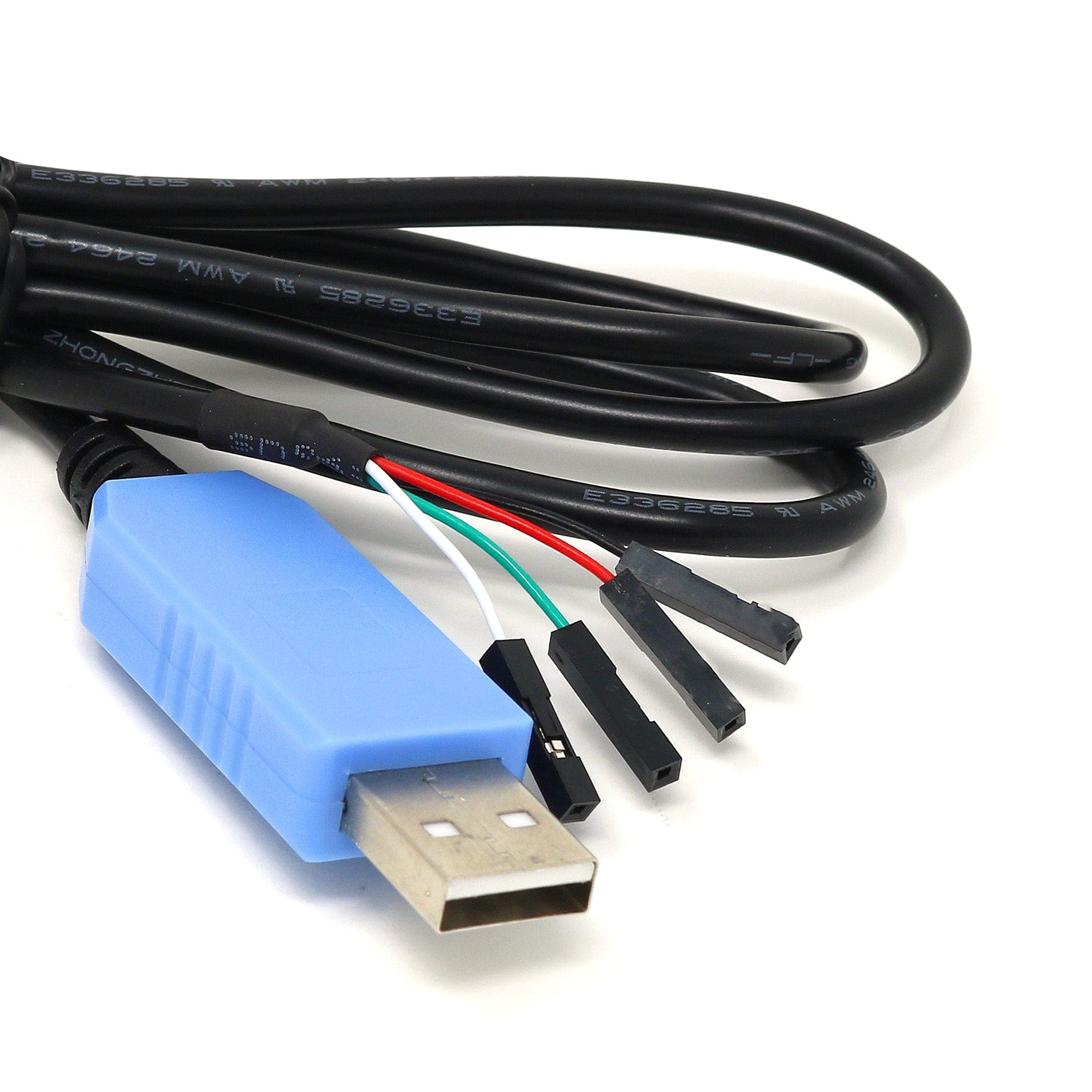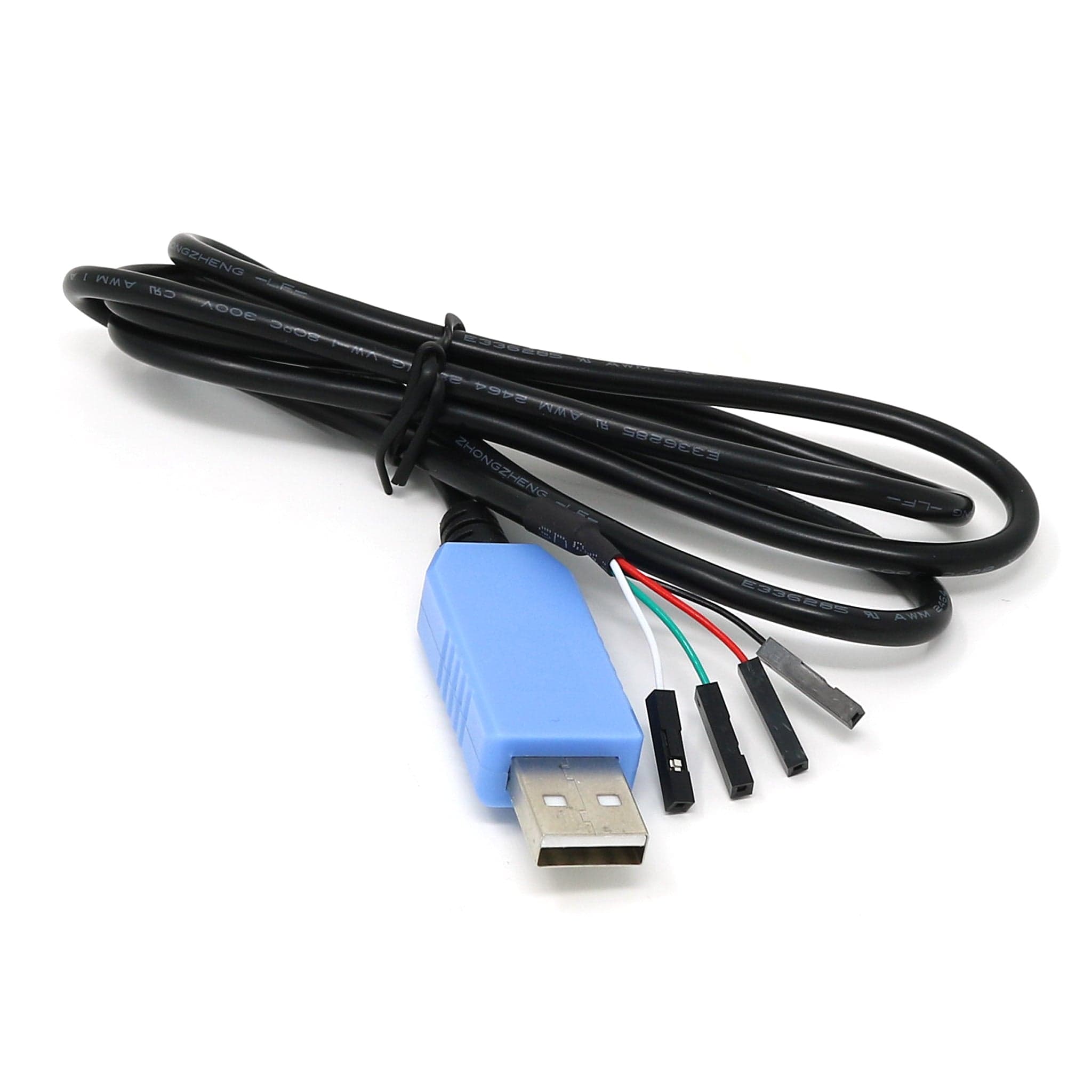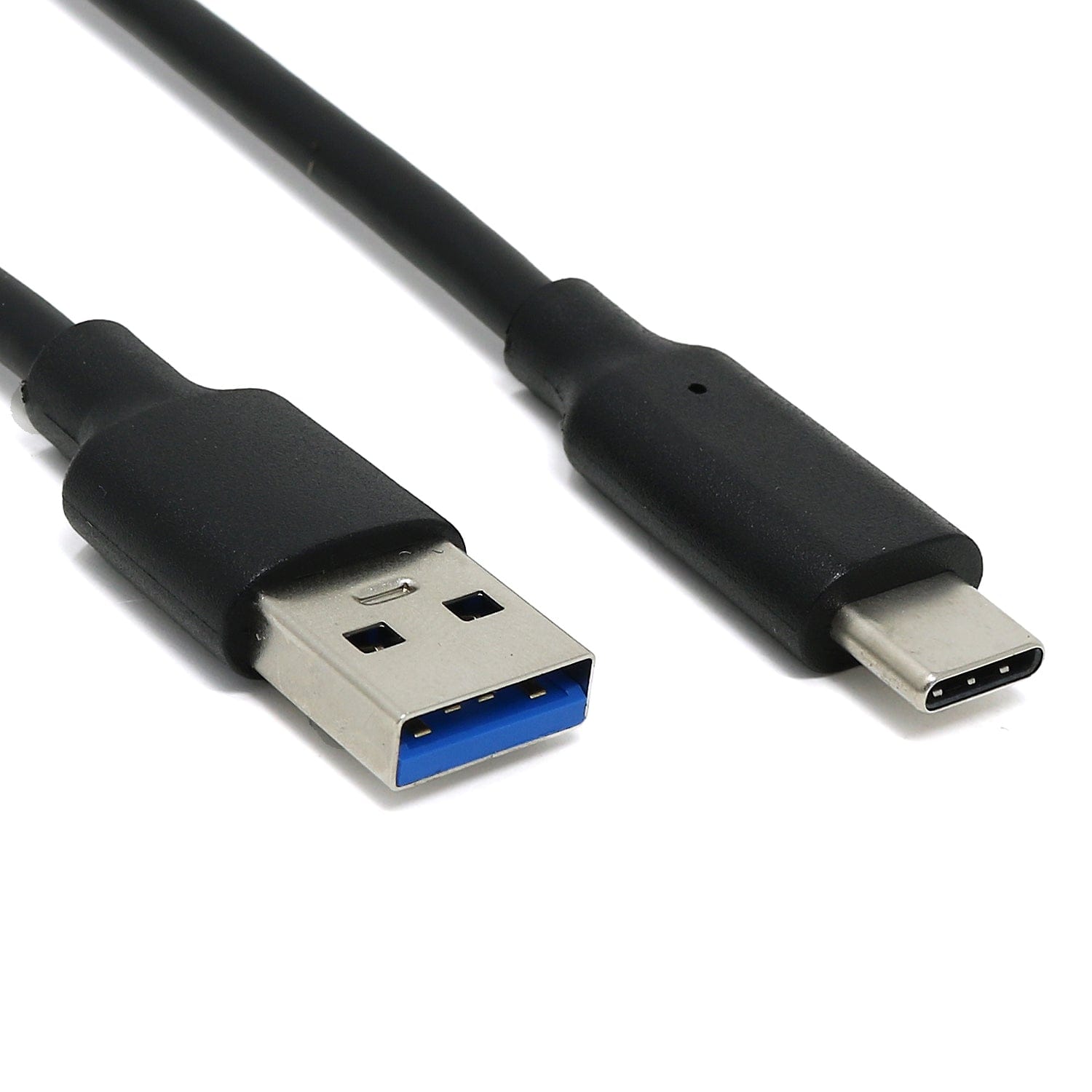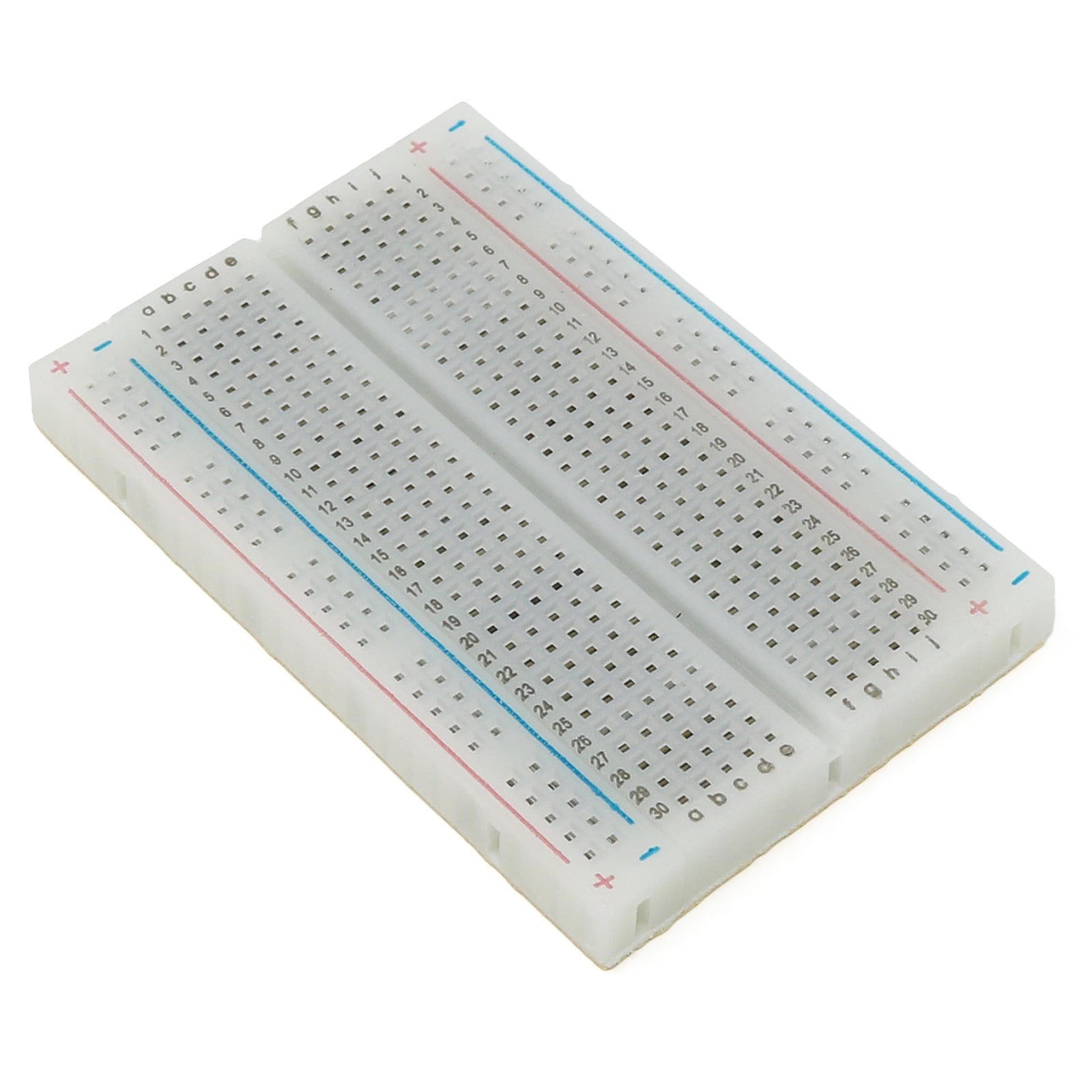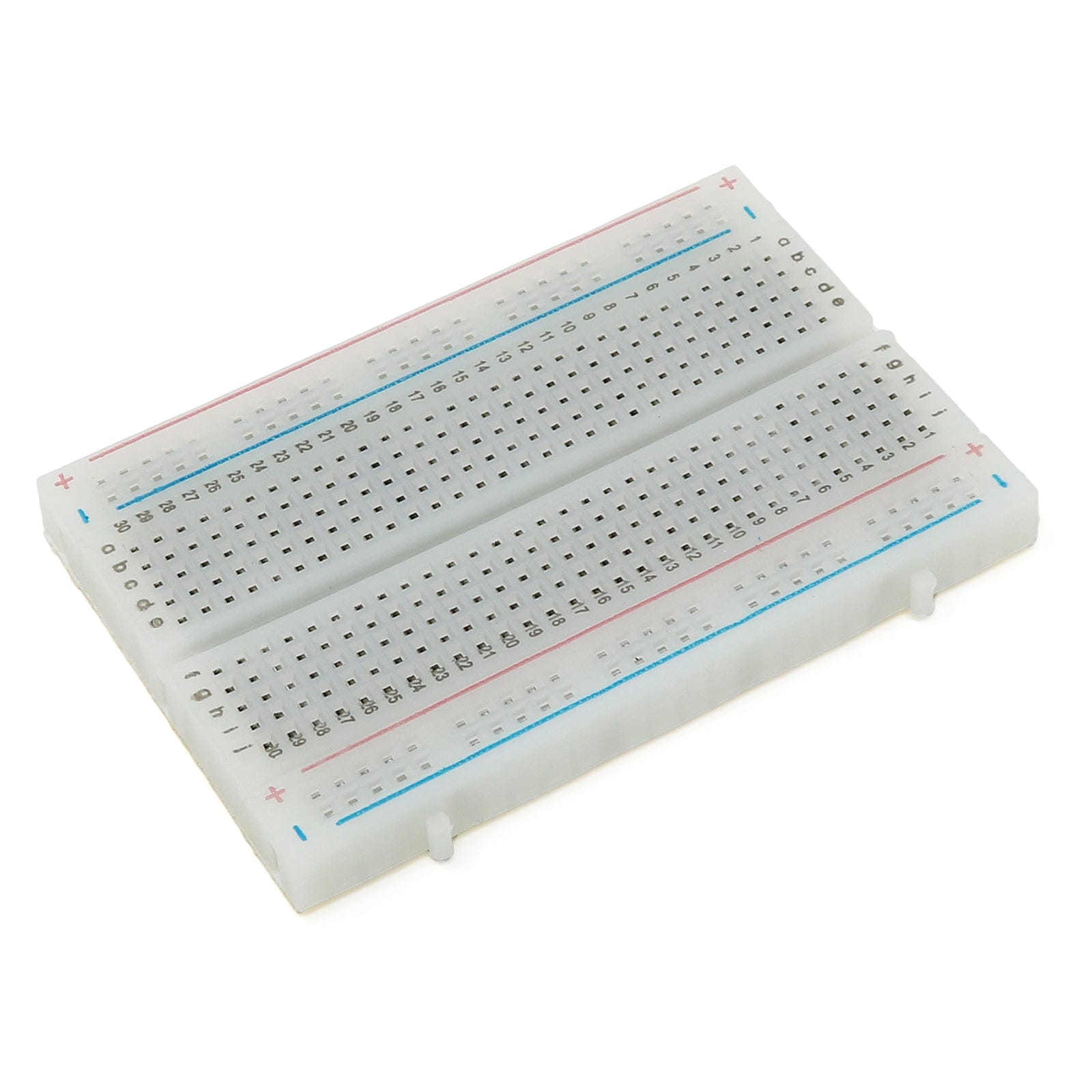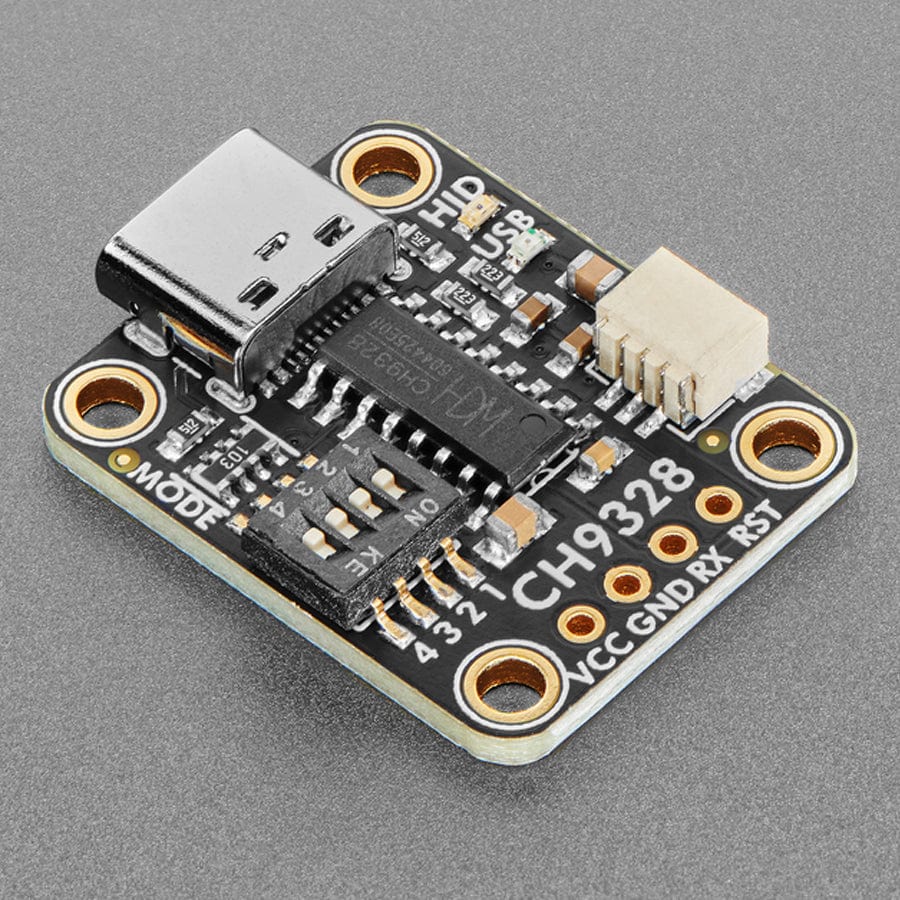
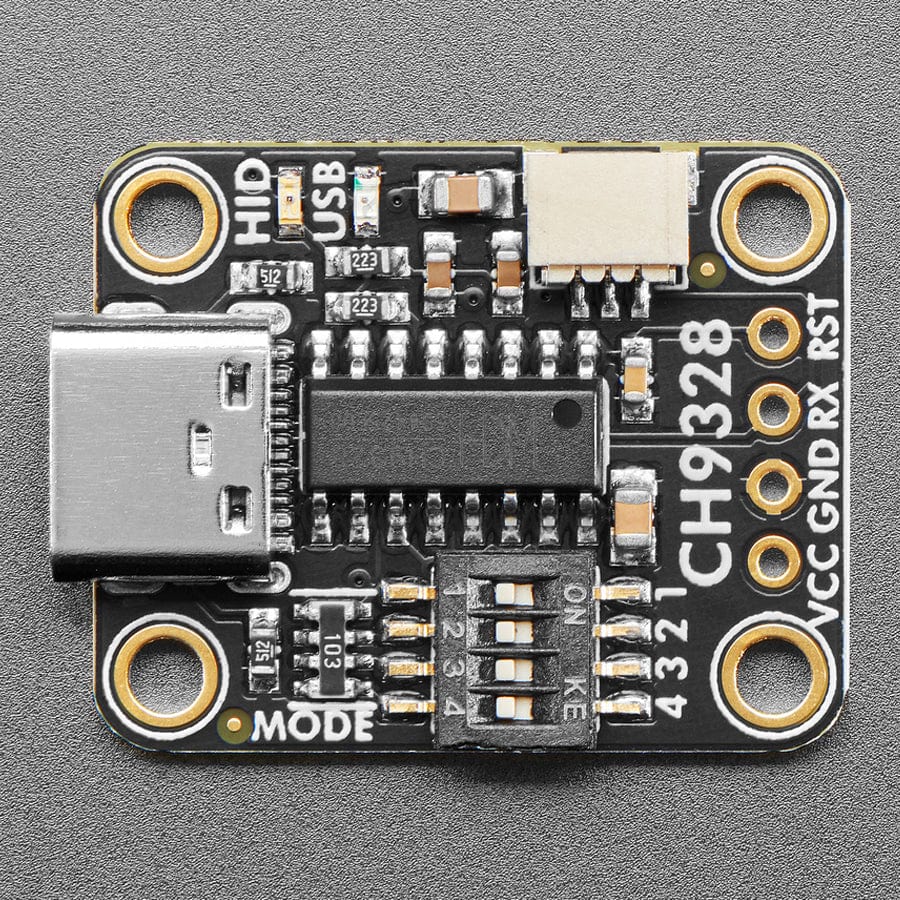
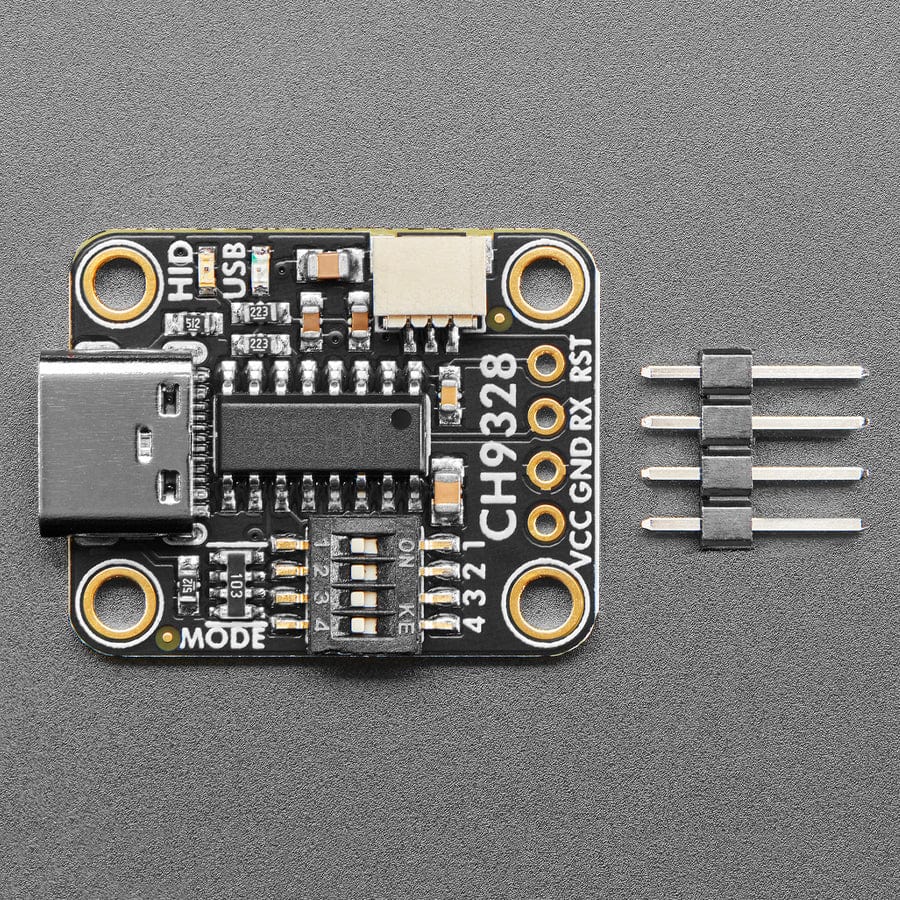
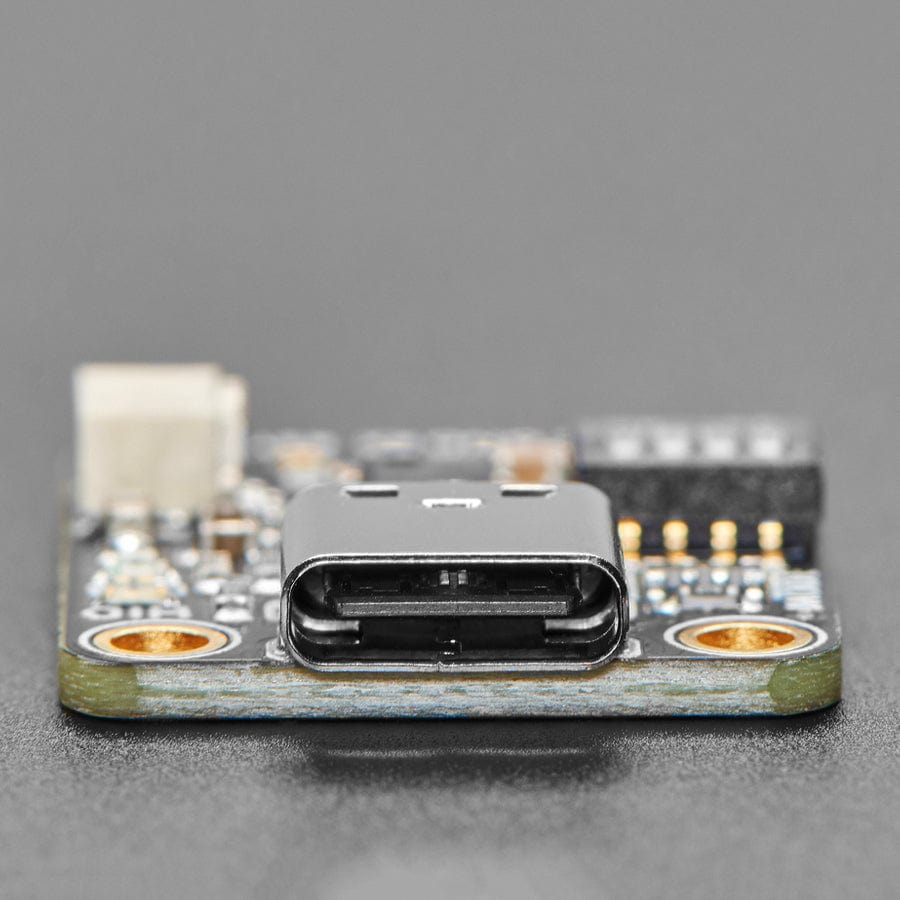
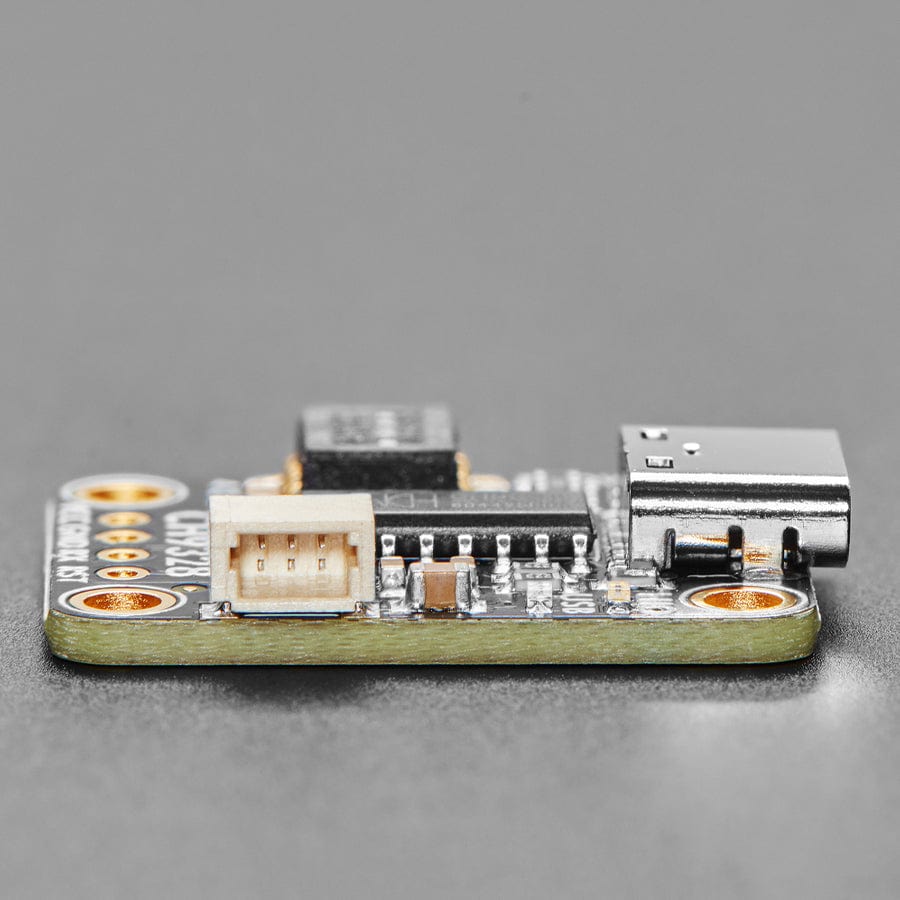
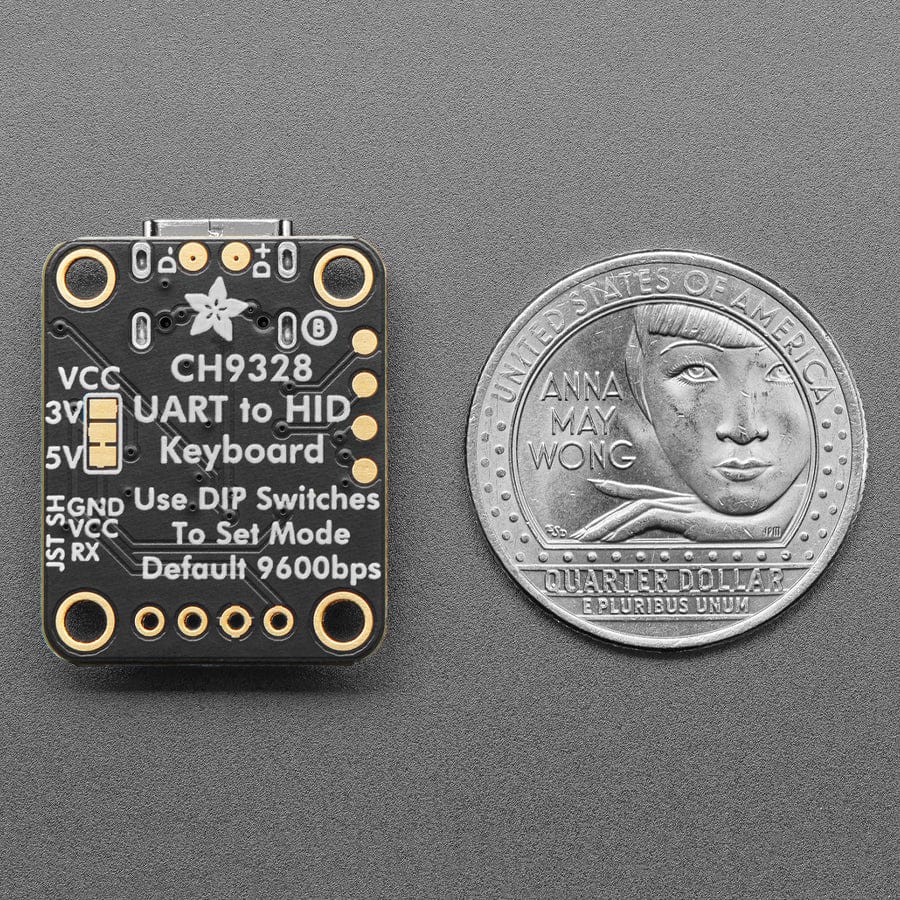
Login / Signup
Cart
Your cart is empty
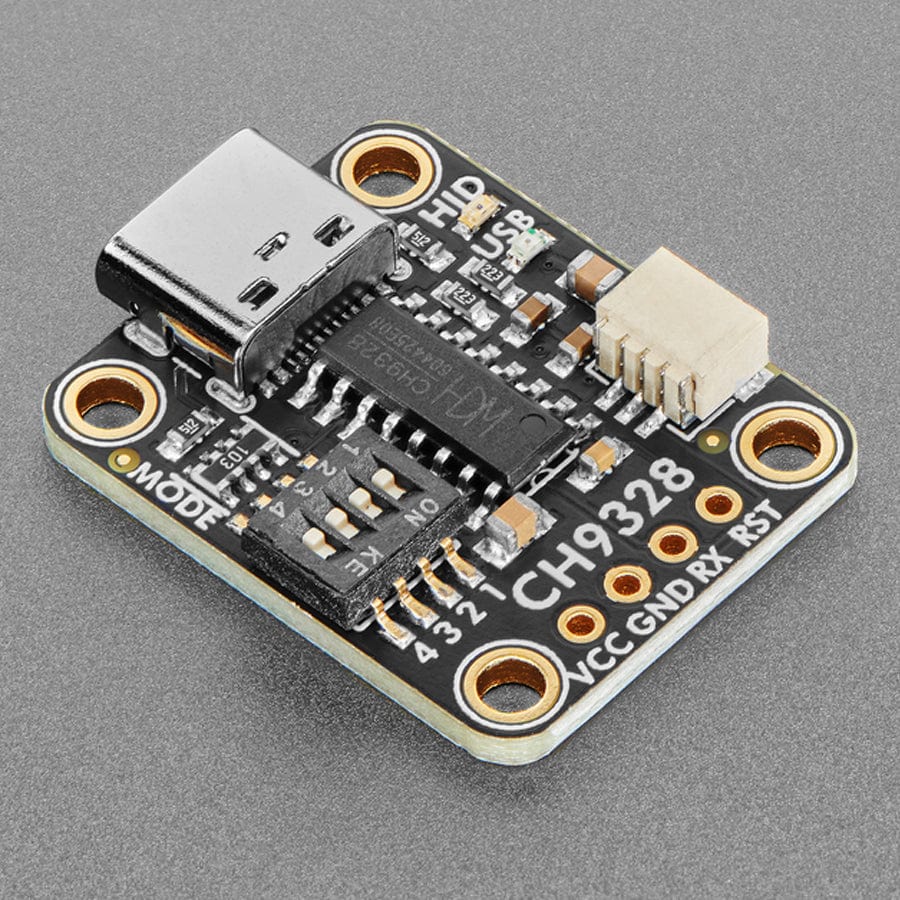
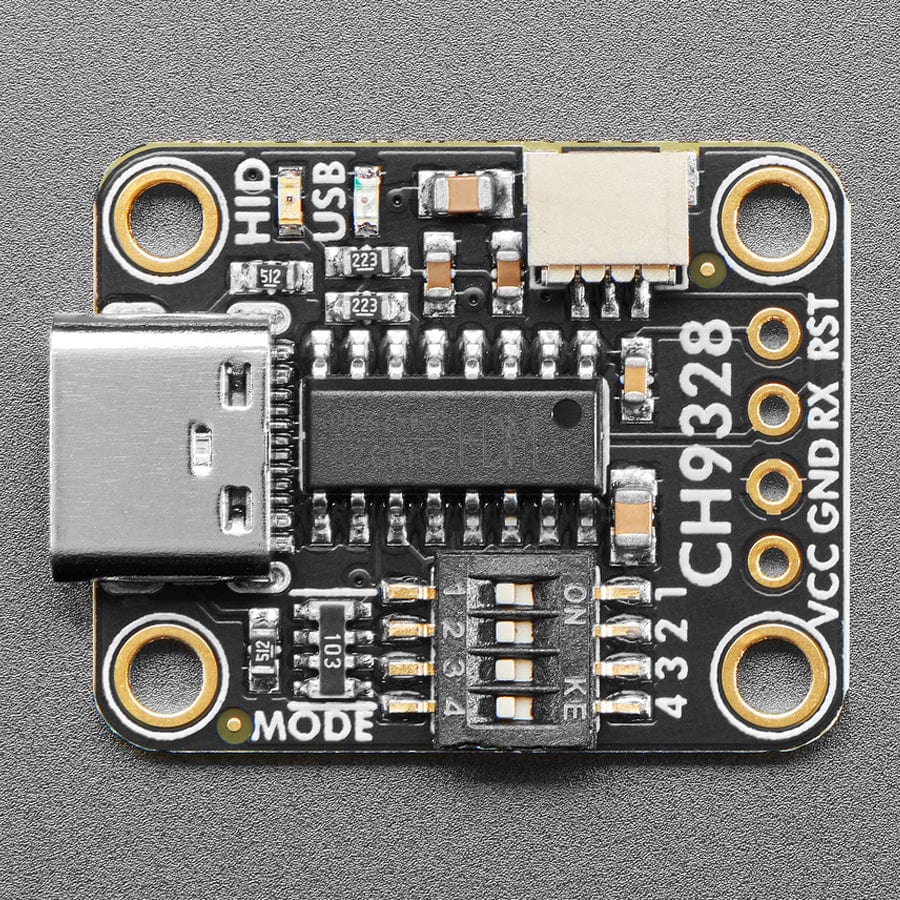
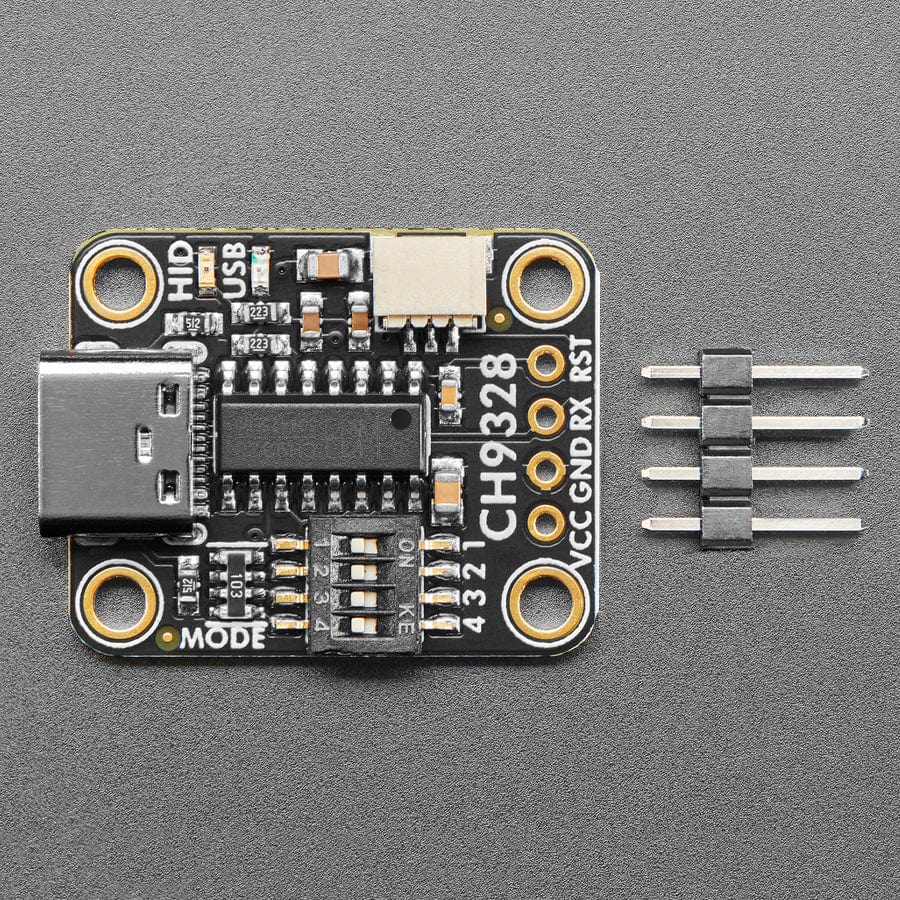
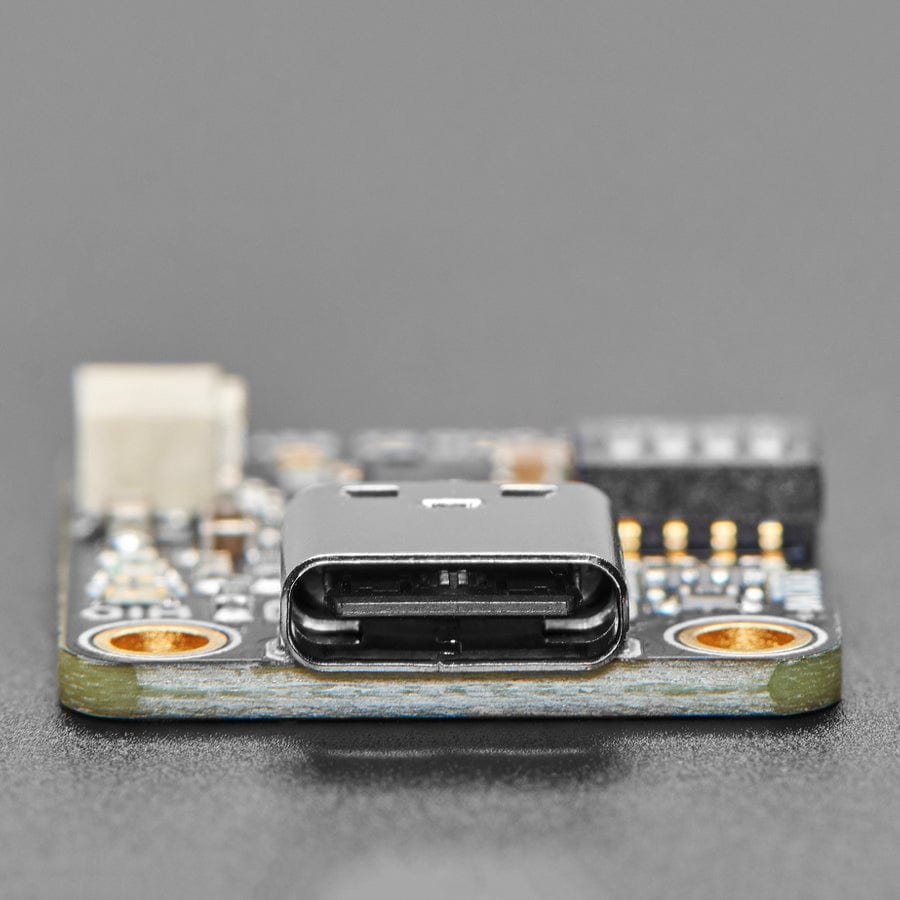
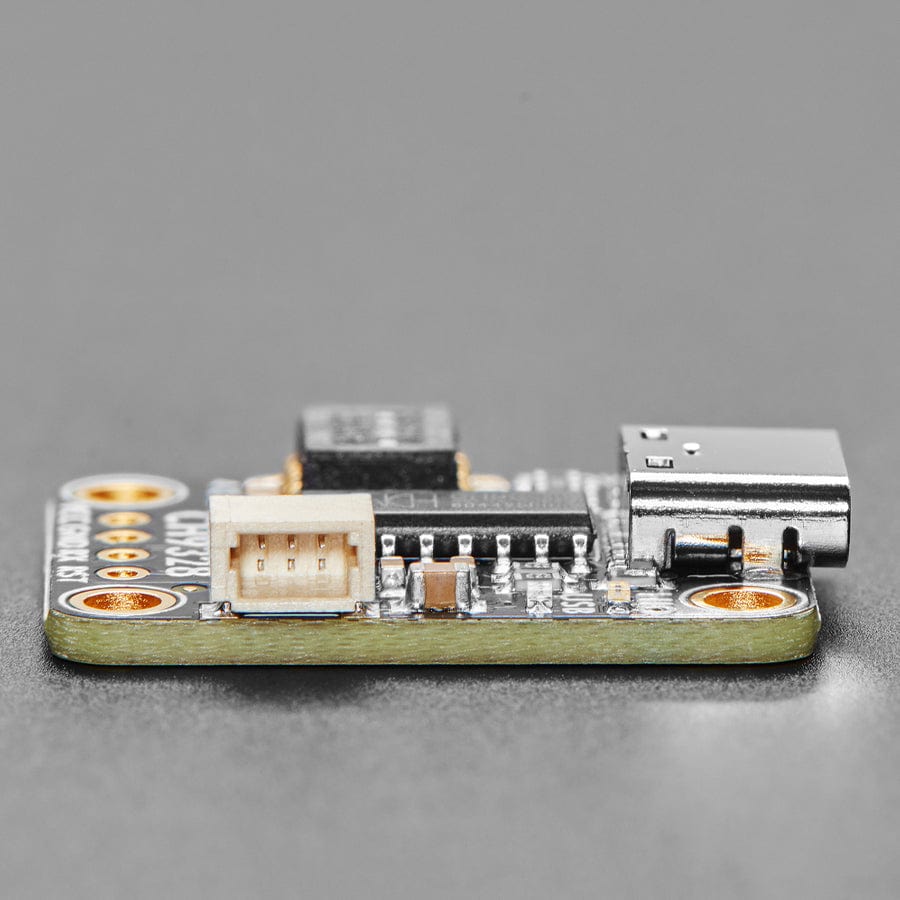
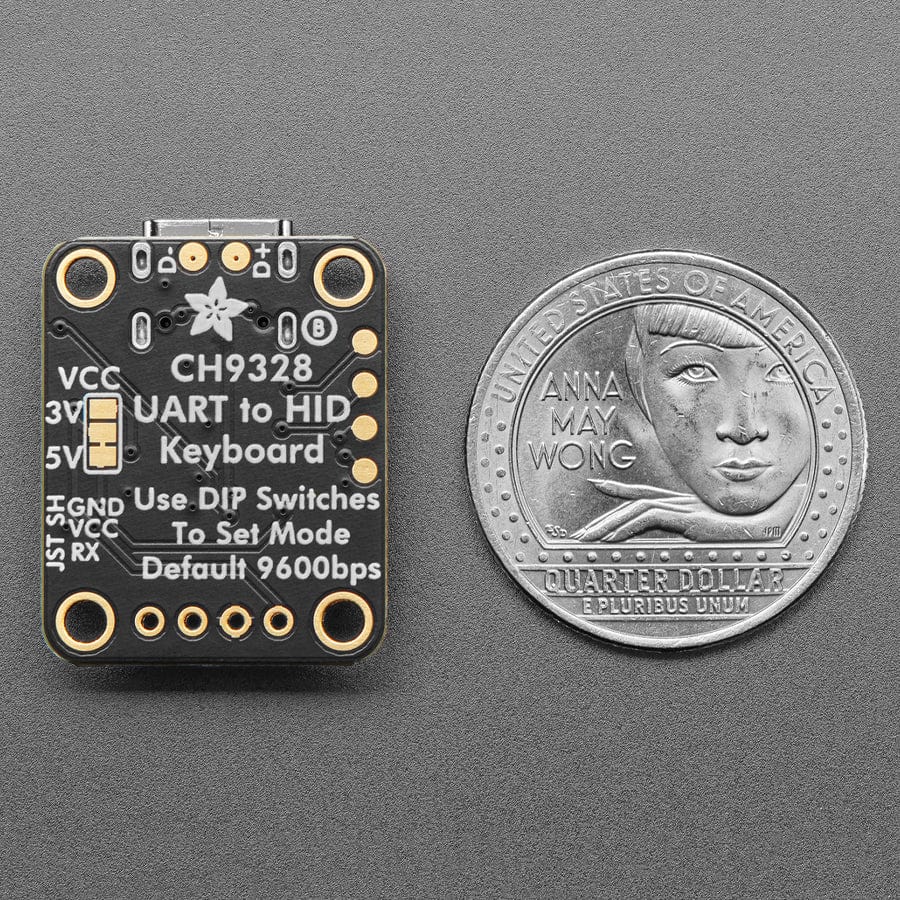
We love using chips with 'native USB' peripherals - that's the magic silicon that lets a microcontroller act like an HID keyboard, mouse, disk drive or MIDI synth. It's a standard addition on SAMD21, RP2040, and even the latest ESP32-S2 and ESP32-S3 boards. But what about when you have a classic ATmega328 Uno? or an original ESP32 or ESP8266? Maybe even a single-board computer like a Raspberry Pi? We would say "Sorry...that's not possible" UNTIL NOW!
The CH9328 is a funky chip that is basically a programmed microcontroller that enumerates as an everyday HID keyboard and can convert ASCII or 8-byte raw reports, read over a standard serial port UART, into keypresses. So, you can emulate a keyboard even if your chip doesn't have a native USB! You do need a hardware or software serial port: some way to generate a 9600 baud 3V-logic signal that the CH9328 can read.
We added all the support circuitry to make this chip easy to use, you may not even need to do any soldering. The CH9328 is connected to a USB Type C port so it's easy to plug into any computer, laptop or even phone/tablet. Then, you can get 5V power from the 5V and Ground pads. There's a UART RX receive input plus a reset line if you want to perform a hard reset. If you want 'solderless' functionality, grab one of our JST SH cables: the red line will provide 5V, black is Ground, and the white wire is data in.
You can configure the 'Mode' using the 4 onboard switches, do that before powering it up:
We recommend using mode 3 if possible, but you'll want to use our CH9328 library to do so.
This is a nice and easy way to emulate a keyboard without having to worry about native USB support, gadget mode, or maybe you just want to emulate more than one kind of device. You can also do 'funky' things like having one desktop or single-board computer 'type' into a device such as a computer or mobile device by running our Python code and having it send UART data via a USB-to-UART converter. Either way, the CH9328 will make it easy to keeb away.







